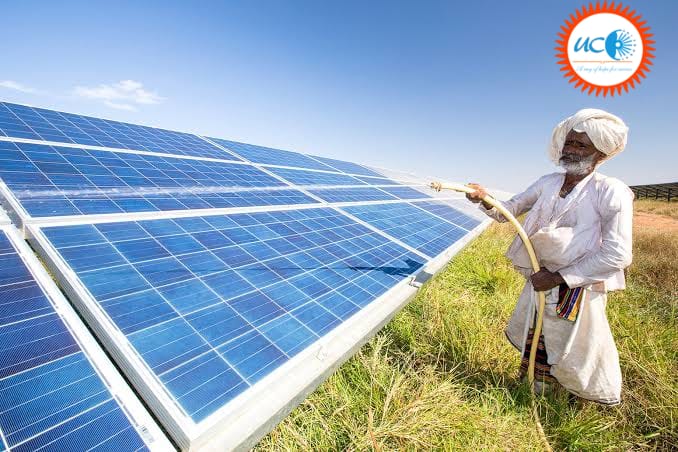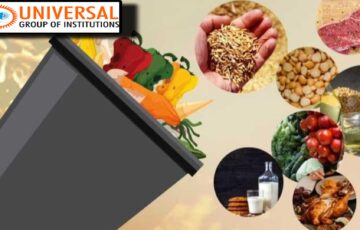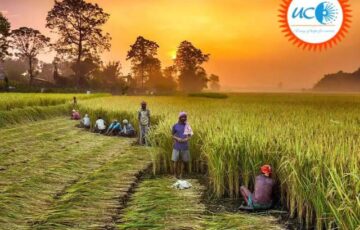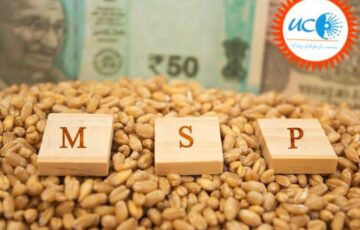What are the main bottlenecks in upstream and downstream process of marketing of agricultural products in India?
Introduction
Indian agriculture has expanded significantly since the country’s independence. Production of food grains has surpassed 300 million metric tonnes (mmt). The problem, though, is to create a competitive agriculture marketing system and to combine this production with the market. OR A successful marketing strategy reduces expenses and optimises gains for all parties involved in the food supply chain. It will make high-quality food more accessible to customers at fair rates and assist farmers in realising lucrative profits.
Body
Upstream in Indian agricultural marketing refers to the raw materials required for production, whereas downstream is the other end, where products are made and delivered.
Upstream: 19 problems with agricultural marketing
- Average size of land holdings – Over 85% of farmers operate on small and marginally sized parcels of land. Due to the tiny size of operational holdings, the farmers have little marketable excess at their disposal, and it is also impossible to achieve economies of scale.
- A lack of credit forces farmers to make distress sales because they urgently need inputs. According to an RBI analysis from 2020, just 40% of India’s small and marginal farmers are currently receiving formal credit, despite the existence of several schemes.
- Availability of equipment and labour – One of the lowest automation rates in the world is seen in Indian agriculture. Due to lockout and other restrictions, the availability of labour, machinery, and their movement was further impacted during COVID-2019.
Inadequate logistics connectivity, assistance, and facilities are present downstream, which prevents farmers from delivering their crops in a timely manner to markets. Due to limited transportation infrastructure, there is an increase in the waste of agricultural products.
- Lack of market information – In Indian agriculture, the middleman frequently has more knowledge about prices, supply, and stocks available than both farmers and consumers.
o Access to market price information is essential to develop a strategy facilitating the realization of a better price for their produce.
- Long chain of intermediaries: Due to the presence of too many intermediaries in the supply chain, which results in inefficiencies and unfavourable prices at both the producer and consumer ends, farmers’ share of the consumer rupee is low.
- Farmers receive between 28% and 78% of the average consumer’s rupee, depending on the type of food purchased.
- Inadequate storage facilities – Rodents and insects cause the loss of 20 to 30 percent of the earnings. Post-harvest losses for Indian farmers total Rs 92,651 crore annually, with inadequate storage and transportation facilities being the main contributors.
- Lack of awareness of standardization and grading –Due to the lack of proper standardization and grading, the customers face problems in purchasing quality produce and farmers also get affected because of price variability.
- Government Purchase and supply system: In 2020-21, the buffer stocks in FCI godowns amounted to 97.2 million tonnes, 143% higher than the norm. This huge stock affects the market prices of grain.
The Failure of the APMC Model: During the first several years, APMC acts assisted in eliminating fraud and released the farmers from the oppressive control of middlemen and commercial capital. o The farmers eventually had no choice but to turn to middlemen for assistance. More produce is sold outside of marketplaces than in APMC mandis as a result of inadequate market infrastructure. The end consequence was a network of interconnected transactions that deprive farmers of their freedom to choose who and where to sell to, leaving them vulnerable to middlemen’s exploitation.
- High mandi fees: Over time, APMC markets have been turned from infrastructure services to a source of revenue generation. o In Haryana and Punjab, mandi fees and rural development charges for wheat and non-basmati rice purchased by FCI are four to six times the charges for basmati rice purchased by private players. This not only results in a heavy burden on the Centre but also increases the logistics cost for domestic production and reduces trade competitiveness. The Government has also introduced so many initiatives in the recent past to make the agriculture marketing system in the country effective and efficient like reforms in agricultural marketing facilitated by
- the Model Acts circulated between 2003 and 2017,
- electronic National Agriculture Market (eNAM),
- regulations in the agri-warehousing sector and aggregation of farmers.
It is necessary to raise awareness of the issue among farmers and other stakeholders. Farm Acts that the government introduced in 2020 but later abolished also indicate the sector’s needs and the government’s intentions. Moving ahead Former CACP chairman and agri-economist Ashok Gulati offers the following recommendations:
- Direct selling by farmers and farmer producer organisations to consumers, retailers, and exporters. Successful examples include Rythu Bazaar (in Andhra Pradesh) and Apni Mandi (in Punjab).
- Improving E-NAM by advocating for unified national mandis licences, one point market fee tax, and other measures to increase the private sector’s involvement in the development and maintenance of Mandis infrastructure.
Conclusion: In order to effectively integrate farmers with the market and assist them in realising the best price for their produce, it is necessary to control the presence of too many middlemen, build enough infrastructure (including storage facilities), connect farmers with formal credit, build enough transportation facilities at the right rates, and boost the capacity of all relevant stakeholders.








